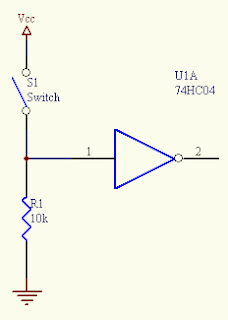- Thanks to the PhD thesis of Keith Yu Kit Leung: "Cooperative Localization and Mapping in Sparsely-Communicating Robot Networks" I understood the differences.
- Definition 1: A centralized multi-robot system is a group of robots in which the computation for a task is performed only by a specifc robot in the team or by an external computer.
- Definition 2: A decentralized multi-robot system is a group of robots in which the computation for a task can be performed by any one or more robots in the team.
- which means, if the one who was doing the task fails, someone else can take over
- Definition 3: A distributed multi-robot system is a group of robots in which the computation for a task is divided amongst the robots in the team.
- centralized+distributed: all the nodes perform some part of the task and finally one guy put everything together
- centralized+non-distributed: one node performs the task
- decentralized+distributed: part of the tasks are divided and anyone can put everything together; no need of a special guy
- decentralized+non-distributed: one guy performs the entire task(non-distributed) but this one guy can be any guy. that means if the guy who was doing the task fails, another one can take over



